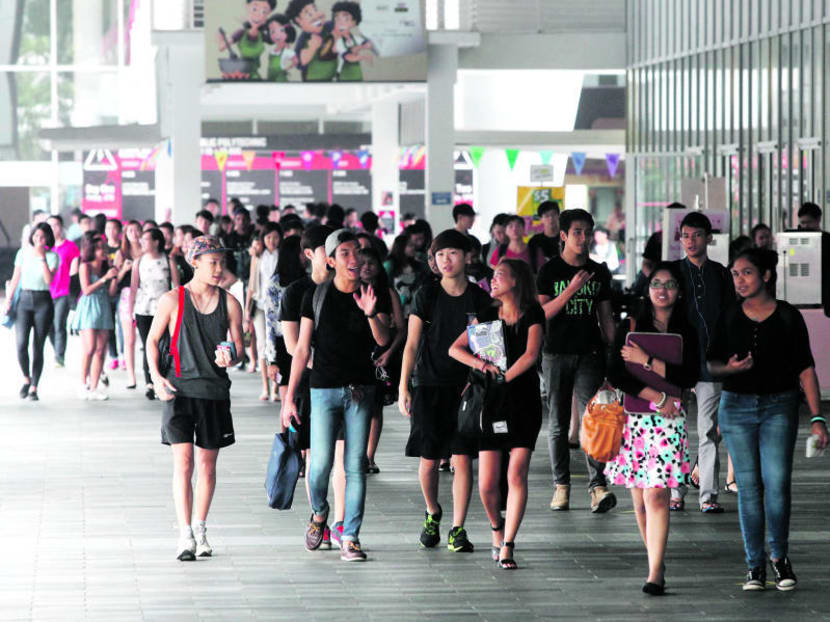MOE to study reasons for career decisions by polytechnic and ITE graduates
SINGAPORE — The Ministry of Education (MOE) will conduct an in-depth study on “underlying forces” driving polytechnic and Institute of Technical Education (ITE) graduates’ decisions to undertake employment or further study, said Minister of State for Education Janil Puthucheary.
SINGAPORE — The Ministry of Education (MOE) will conduct an in-depth study on “underlying forces” driving polytechnic and Institute of Technical Education (ITE) graduates’ decisions to undertake employment or further study, said Minister of State for Education Janil Puthucheary.
Speaking in Parliament on Tuesday (Feb 6), he noted there has been a drop in the percentage of polytechnic and ITE graduates who reported they were in full-time permanent employment, based on survey data of the graduates six months after they complete their final examinations. At the same time, more are opting for freelance, part-time or temporary work, he said.
In 2007, some 77 per cent of polytechnic and ITE graduates reported that they were in full-time permanent employment. This fell to 58 per cent in 2016, or a decline of 19 percentage points, he said.
Dr Puthucheary was responding to a question from Non-Constituency Member of Parliament Leon Perera on the percentage of polytechnic and ITE graduates securing permanent or full-time employment within a year of their graduation.
Spelling out some of the possible reasons behind this trend, Dr Puthucheary said: “About half of the decrease is due to students choosing to do part-time work while they prepare for further studies.”
A similar proportion chose not to do full-time permanent work voluntarily, he said. “They could be doing freelance work, or have other reasons to lead them to choose to work part-time or take up temporary employment,” he said.
As for the remainder (about 1 per cent), it represents an increase in those who are involuntarily doing part-time work or are still looking for employment, he explained.
Dr Puthucheary highlighted that over the last 10 years, the percentage of polytechnic and ITE graduates who chose to go into further studies, instead of working, has gone up by over 10 percentage points.
This strong desire to further their studies, he said, is the result of various government efforts to expand education pathways for students – be it providing more places at polytechnics for ITE students and at universities for polytechnic students.
For instance, The Singapore Institute of Technology, which is a new autonomous university, takes in mostly polytechnic students today, he added.
Still, employment rate has remained high over the last ten years, Dr Puthucheary said.
“Each year, subject to some fluctuations due to the performance of the economy and job market, around nine in 10 graduates found jobs.”
Mr Perera had also asked in Parliament if technical jobs typically filled by polytechnic and ITE students were at risk as compared to graduate jobs, given new trends of automation, robotics and artificial intelligence.
Dr Puthucheary replied that in a preliminary analysis, such trends are “reflective of the behaviour and aspirations of students as well as opportunities that are being made available”. He said that MOE will study the matter further.
His comments come on the back of the latest Graduate Employment Survey by the five polytechnics here, which revealed that the employment rate for this group has dipped to an all-time low since data was first collected in 2005.
The survey, which was released in January, also noted the need for a “deeper understanding of graduates’ preferences and aspirations”.







